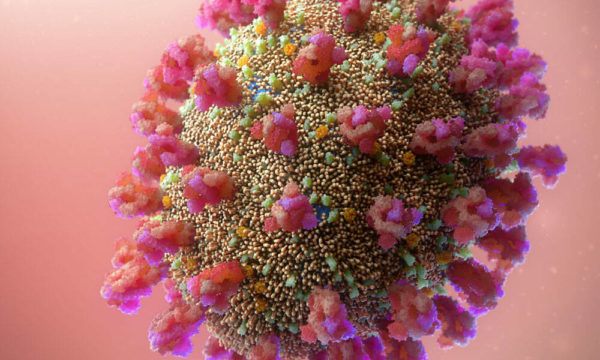Media release
From:
Anti-parasitic drug may protect against lung cell fusion induced by SARS-CoV-2
A drug that is commonly used to treat tapeworm infections might help to prevent the formation of atypical fused cells in the lungs of patients with COVID-19, according to laboratory experiments reported this week in Nature.
Niclosamide was originally developed in the 1950s as a molluscicide against snails. It was later approved for use against tapeworm infections in humans, and is already known to be active against various viruses, including SARS-CoV-2.
Mauro Giacca and colleagues studied post-mortem samples from the lungs of 41 patients who had died from COVID-19 between March and May 2020, and found that the tissue often contains lung epithelial cells that have become fused together. Some of these fused cells, known as syncytia, contain over 20 different nuclei. The authors found that this fusion process is mediated by the spike protein of SARS-CoV-2, which triggers calcium oscillations and the activation of a protein called TMEM16F.
On the basis of these observations, the authors screened over 3,000 clinically approved drugs to look for molecules that block this spike-driven fusion of cells. The screen identified 83 drugs, and further experiments focused on 43 molecules that also protected against viral replication and cell damage. Of these, one of the most effective molecules was the anti-parasitic drug niclosamide. This drug was found to inhibit viral replication, blunt calcium oscillation in spike-expressing cells, suppress the activity of TMEM16F and prevent the formation of spike-induced syncytia in laboratory tests. The authors note that other drugs that are known to inhibit members of the TMEM16 family of proteins also performed well in their tests and could warrant further investigation as treatments for COVID-19.



 International
International



